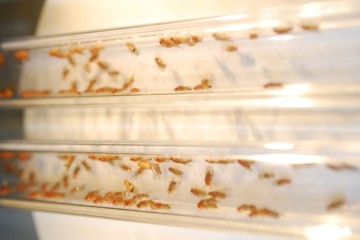PhD Studentship
Mapping mitochondrial contact sites during neuronal ageing and neurodegeneration in Drosophila

At a glance
In progress
Award date
February 2023 - January 2027
Grant amount
£120,000
Principal investigator
Dr Alessio Vagnoni
Co-investigator(s)
Institute
King's College London
R
- Replacement
